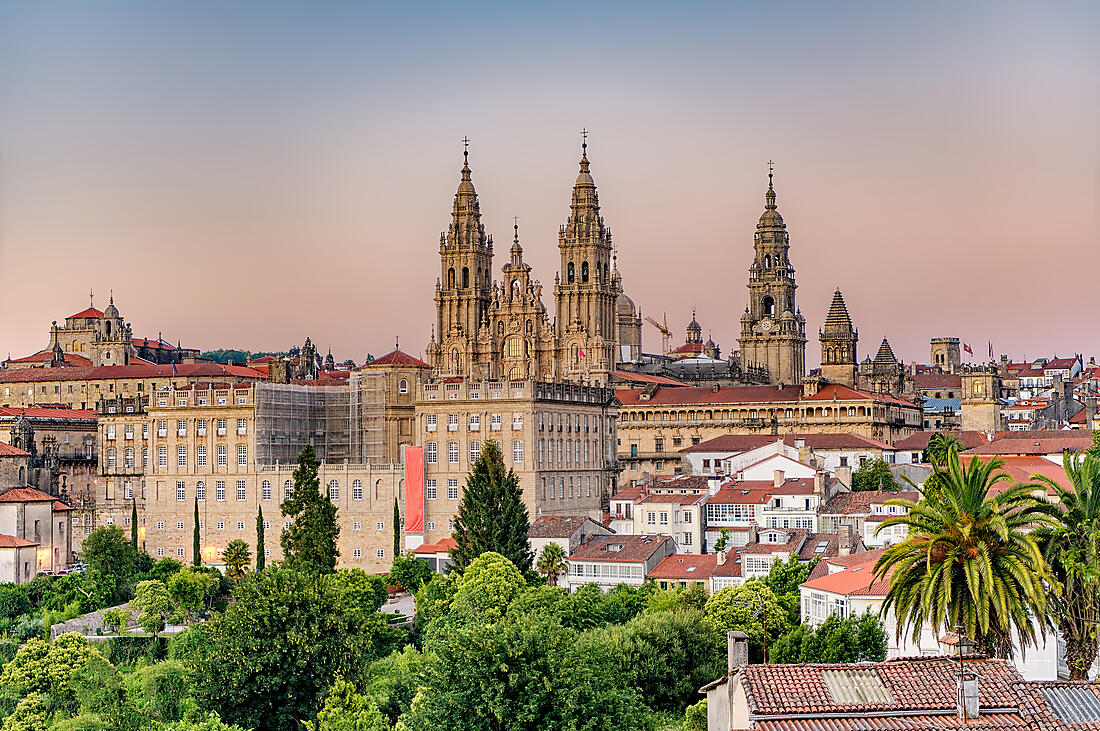Explore our list of 720 cruises
LE JACQUES CARTIER
LE BORÉAL
LE BELLOT
LE DUMONT D'URVILLE
27/08/2025 to the 04/09/2025
LE LAPÉROUSE
LE LYRIAL
LE JACQUES CARTIER
LE BORÉAL
LE JACQUES CARTIER
LE BORÉAL
LE BORÉAL
Price is per person, based on double occupancy, based on availability, and subject to change at any time. The category of stateroom to which this price applies may no longer be available.
Your criteria
Contact Us
+33 (0)4 91 36 41 60
(or contact your travel agent)
Click on the items you want to select. You can select multiple. You can click on an item again to deselect it.
Click on the items you want to select. You can select multiple. You can click on an item again to deselect it.
Click on the items you want to select. You can select multiple. You can click on an item again to deselect it.
Click on the items you want to select. You can select multiple. You can click on an item again to deselect it.
Click on the items you want to select. You can select multiple. You can click on an item again to deselect it.
Click on the items you want to select. You can select multiple. You can click on an item again to deselect it.
Click on the items you want to select. You can select multiple. You can click on an item again to deselect it.
Click on the items you want to select. You can select multiple. You can click on an item again to deselect it.
Click on the items you want to select. You can select multiple. You can click on an item again to deselect it.
Click on the items you want to select. You can select multiple. You can click on an item again to deselect it.
Click on the items you want to select. You can select multiple. You can click on an item again to deselect it.


















